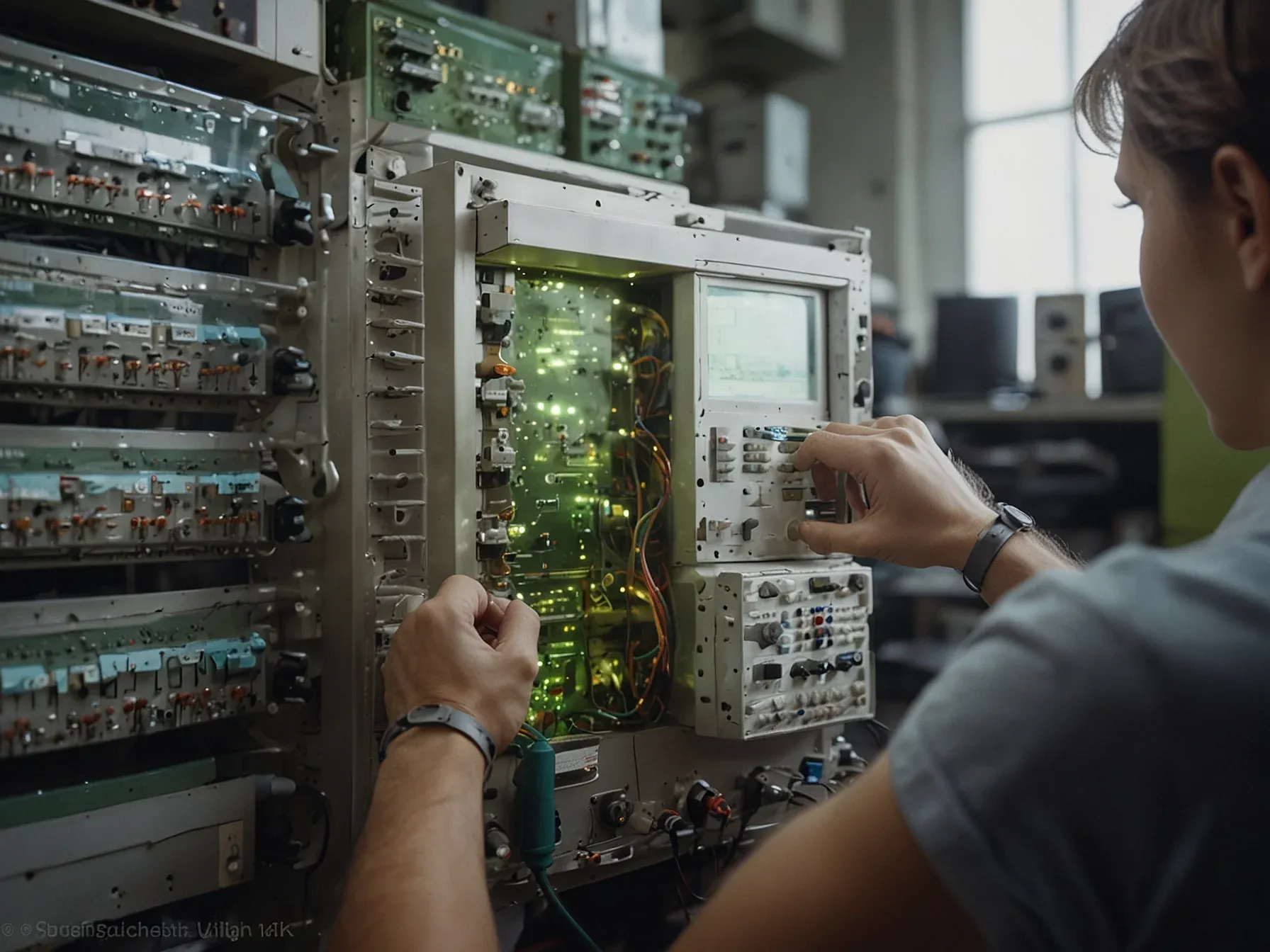
Karpathy says AI‑homework crackdown failed, urges in‑class grading shift
Andrej Karpathy, the former Tesla AI chief, has taken a blunt stance on the recent wave of school policies aimed at catching AI‑generated assignments. He argues that the “war on AI homework” has not delivered the results administrators hoped for, and that the effort to police every submission is both costly and ineffective. While the intent was to preserve academic integrity, Karpathy points out that students quickly learn to circumvent detection tools, leaving teachers with a false sense of security.
He suggests that the focus should move away from after‑the‑fact checks and toward a model where assessment happens under direct supervision. In his view, this shift would make it harder for learners to rely on language models during evaluation and would reinforce the habit of solving problems unaided. The implication is clear: if schools want to keep learning authentic, they need to redesign how they grade.
As a result, Karpathy believes the majority of grading has to shift to in‑class work, where teachers can physically monitor students. This change keeps students motivated to learn how to solve problems without AI, since they know they will be evaluated without it later. Karpathy stresses that he's n
As a result, Karpathy believes the majority of grading has to shift to in-class work, where teachers can physically monitor students. This change keeps students motivated to learn how to solve problems without AI, since they know they will be evaluated without it later. Karpathy stresses that he's not pushing for an anti-tech school system. Students should learn to use AI because it is "here to stay and it is extremely powerful." As he puts it, no one wants students to be "naked in the world" without access to it.
Did schools ever expect to outpace a rapidly advancing tool? Karpathy argues they cannot. The detection arms race, he says, has already lost.
Assuming any off‑site assignment was aided by AI, he proposes moving the bulk of assessment into the classroom, where teachers can observe students directly. This shift, he believes, will keep learners motivated to master problem‑solving without relying on hidden assistance. Yet the logistics of redesigning curricula, training staff, and allocating classroom time remain unclear.
Critics might point out that constant monitoring could strain resources and alter pedagogical dynamics. Karpathy’s stance rests on the premise that physical supervision is the only reliable safeguard, a premise that has yet to be tested at scale. Whether institutions can adopt such a model without compromising other educational goals is uncertain.
For now, the conversation pivots from detection to redesign, leaving educators to weigh the practicality of in‑class grading against the persistent allure of AI‑generated work.
Further Reading
- Andrej Karpathy declares the war on AI homework lost and urges schools to stop policing it - The Decoder
- AI in Education: Why Homework AI Detection Fails and How Schools Must Adapt Assessment Strategies - Blockchain.News
- Andrej Karpathy's Definitive View: AI Homework Detection Is Impossible — What Traders Should Know Now - Blockchain.News
- With AI increasingly difficult to detect, is it time to cancel homework? - CyberNews
Common Questions Answered
Why does Andrej Karpathy claim the AI‑homework crackdown has failed?
Karpathy argues that the crackdown is costly and ineffective because students quickly learn to bypass detection tools, giving teachers a false sense of security. The policies have not prevented AI‑generated assignments, undermining the intended preservation of academic integrity.
What solution does Karpathy propose to address the shortcomings of AI‑generated assignments?
He suggests shifting the majority of grading to in‑class work where teachers can physically monitor students. This approach keeps learners motivated to solve problems without AI assistance, as assessments would occur under direct observation.
How does Karpathy reconcile the use of AI with his recommendation for in‑class grading?
Karpathy emphasizes that he is not advocating an anti‑technology stance; instead, he wants students to learn to use AI responsibly because it is powerful and here to stay. In‑class grading ensures students develop problem‑solving skills while still being exposed to AI tools outside the classroom.
What challenges does Karpathy acknowledge in moving assessments into the classroom?
He notes that redesigning curricula, training staff, and allocating classroom space present logistical hurdles. Despite these challenges, he believes the shift is necessary to stay ahead of the rapidly advancing AI tools.




